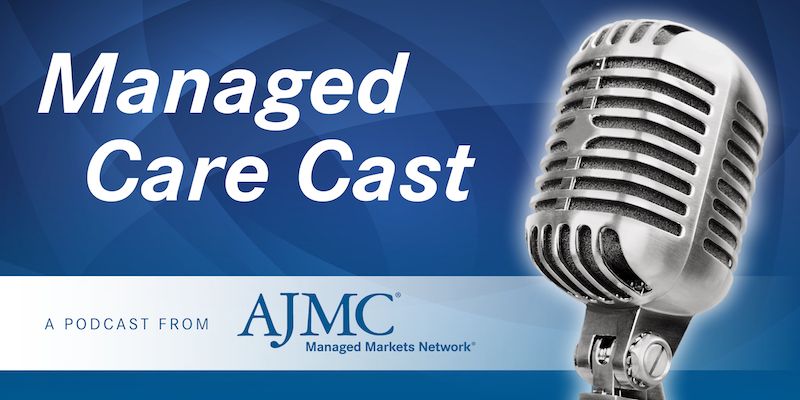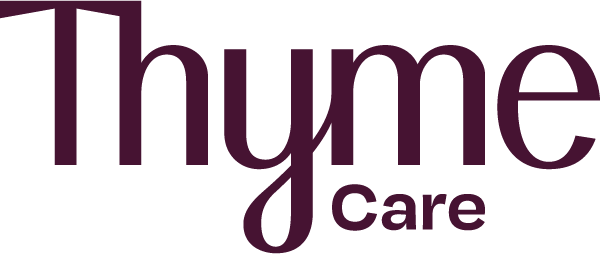Article
Employer Support Is Needed to Help Payment Reform Succeed
Author(s):
Payment reforms efforts are still facing barriers, but buy-in and increased demand from self-insured employers can help spur widespread adoption of new payment models that will lead to health delivery system reforms, according to a commentary published in New England Journal of Medicine.
Payment reforms efforts are still facing barriers, but buy-in and increased demand from self-insured employers can help spur widespread adoption of new payment models that will lead to health delivery system reforms, according to a commentary published in New England Journal of Medicine.
Self-insured employers represent health plans’ biggest customers, but they have not beed demanding adoption of alternative payment models (APMs), the authors wrote. As a result, provider systems will not start making major changes as long as fee-for-service remains the dominant payment method in healthcare. Without that demand from self-insured employers, health plans won’t feel the need to make the shift in any large way.
“In fact, the business case for health plans to implement APMs is far from clear,” wrote authors Robert E. Mechanic, MBA, from the Heller School for Social Policy and Management at Brandeis University, and Robert S. Galvin, MD, from Equity Healthcare, founded by Blackstone Group. They added, “Committing to APMs requires large investments for information-system upgrades, as well as personnel who can design, negotiate, and monitor global-budget-based or episode-based contracts.”
Suzanne Delbanco, PhD, MPH, executive director of Catalyst for Payment Reform, told The American Journal of Managed Care® at the spring meeting of the Accountable Care Delivery Congress that it’s not surprising that employers are a big player considering how much they have invested in the health of their employees—they foot the bill for many Americans and benefit when their populations are healthy and productive, she explained.
Employers have a history of being involved in healthcare transformation, including pushing for standard ways to measure healthcare performance, public reporting on performance, tying payment to performance, and more transparency in healthcare.
“They’re involved mostly through pushing their health plans to change the way that they are operating and the contracts that they have with providers,” she said.
Mechanic and Galvin noted that employers need to “overcome their reluctance” to pay for eliminating unnecessary services, something that Delbanco said some employers are starting to see the benefit of doing.
“There have been examples of where…employers have seen much more appropriate care delivered, where patients who, let’s say, weren’t appropriate for having spine surgery, are now turned away by providers who have the right incentives to only focus on patients who need the care [and] are [being] paid in a way that enables them to do that,” Delbanco said.
Mechanic and Galvin highlighted some challenges that remain, such as when companies have geographically dispersed workforces, which might cause them to have limited enthusiasm, provider hesitation, and high costs of implementation for health plans.
“For health plans that are making money, changing current payment arrangements may look like a losing proposition,” the authors concluded. “Progress will require action by self-insured employers. Without more private-sector leadership, US healthcare will remain stuck in a fee-for-service system for the foreseeable future."
Reference
Mechanic RE, Galvin RS. Self-insured employers—the payment-reform wild card. N Engl J Med. 2018;379(4):308-310. doi: 10.1056/NEJMp1801544.





